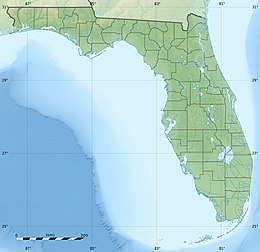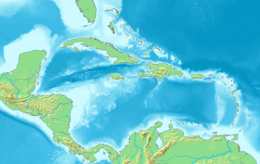
Biscayne National Park is a national park of the United States located south of Miami, Florida, in Miami-Dade County. The park preserves Biscayne Bay and its offshore barrier reefs. Ninety-five percent of the park is water, and the shore of the bay is the location of an extensive mangrove forest. The park covers 172,971 acres and includes Elliott Key, the park's largest island and northernmost of the true Florida Keys, formed from fossilized coral reef. The islands farther north in the park are transitional islands of coral and sand. The offshore portion of the park includes the northernmost region of the Florida Reef, one of the largest coral reefs in the world.

The Florida Keys are a coral cay archipelago off the southern coast of Florida, forming the southernmost part of the continental United States. They begin at the southeastern coast of the Florida peninsula, about 15 miles (24 km) south of Miami and extend in an arc south-southwest and then westward to Key West, the westernmost of the inhabited islands, and on to the uninhabited Dry Tortugas. The islands lie along the Florida Straits, dividing the Atlantic Ocean to the east from the Gulf of Mexico to the northwest, and defining one edge of Florida Bay. The southern part of Key West is 93 miles (150 km) from Cuba. The Keys are located between about 24.3 and 25.5 degrees North latitude.

Linum (flax) is a genus of approximately 200 species in the flowering plant family Linaceae. They are native to temperate and subtropical regions of the world. The genus includes the common flax, the bast fibre of which is used to produce linen and the seeds to produce linseed oil.

The Key deer is an endangered subspecies of the white-tailed deer that lives only in the Florida Keys. It is the smallest extant North American deer species.

Semisopochnoi Island or Unyak Island is part of the Rat Islands group in the western Aleutian Islands of Alaska. The island is uninhabited and provides an important nesting area for maritime birds. The island is of volcanic origin, containing several volcanoes including Mount Young. It has a land area of 85.558 square miles, measuring 11 miles (18 km) in length and 12 miles (20 km) in width.

The Rio Abiseo National Park is located in the San Martín department of Peru. UNESCO pronounced it as Natural and Cultural Heritage of Humanity in 1990. The park is home to many species of flora and fauna, as well as the location of over 30 pre-Columbian archaeological sites. Since 1986, the park has not been open to tourism due to the fragile nature of both the natural and archaeological environment.

The Saddlebunch Keys are a series of mangrove islands about 7 miles (11 km) east of Key West, Florida.

Sugarloaf Key is a single island in the lower Florida Keys that forms a loop on the Atlantic Ocean side, giving the illusion of separate islands. Although frequently referred to simply and with technical accuracy as "Sugarloaf Key", this island contains two distinct island communities, known as Lower Sugarloaf Key and Upper Sugarloaf Key.
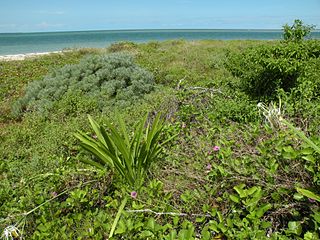
The Key West National Wildlife Refuge is a 189,497 acre (766.867 km2) National Wildlife Refuge located in Monroe County, Florida, between Key West, Florida and the Dry Tortugas. Only 2,019 acres (8.171 km2) of land are above sea level, on several keys within the refuge. These keys are unpopulated and are also designated as Wilderness within the Florida Keys Wilderness. The refuge was established to provide a preserve and breeding ground for native birds and other wildlife as well as to provide habitat and protection for endangered and threatened fish, wildlife, plants and migratory birds.
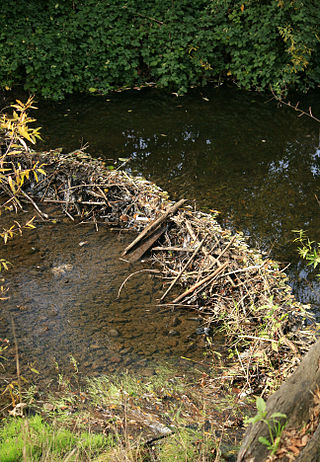
Sonoma Creek is a 33.4-mile-long (53.8 km) stream in northern California. It is one of two principal drainages of southern Sonoma County, California, with headwaters rising in the rugged hills of Sugarloaf Ridge State Park and discharging to San Pablo Bay, the northern arm of San Francisco Bay. The watershed drained by Sonoma Creek is roughly equivalent to the wine region of Sonoma Valley, an area of about 170 square miles (440 km2). The State of California has designated the Sonoma Creek watershed as a “Critical Coastal Water Resource”. To the east of this generally rectangular watershed is the Napa River watershed, and to the west are the Petaluma River and Tolay Creek watersheds.
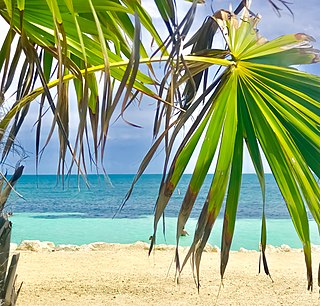
Bahia Honda is an island in the lower Florida Keys.
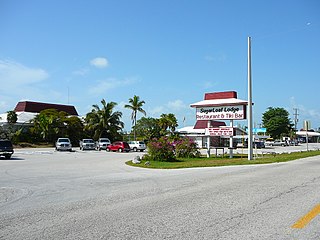
Lower Sugarloaf Key is the lower arm of an island known as Sugarloaf Key in the lower Florida Keys about 13 miles (21 km) east of Key West.
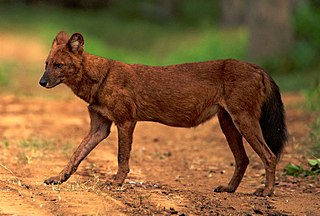
An endangered species is a species that is very likely to become extinct in the near future, either worldwide or in a particular political jurisdiction. Endangered species may be at risk due to factors such as habitat loss, poaching, invasive species, and climate change. The International Union for Conservation of Nature (IUCN) Red List lists the global conservation status of many species, and various other agencies assess the status of species within particular areas. Many nations have laws that protect conservation-reliant species which, for example, forbid hunting, restrict land development, or create protected areas. Some endangered species are the target of extensive conservation efforts such as captive breeding and habitat restoration.

Upper Sugarloaf Key is located in the Florida Keys. It located between MM20.5-MM19 and bridge number 28/29 at Bow Channel/Park Key. U.S. 1 crosses the key at approximately mile markers 19–20.5. Upper Sugarloaf Key is located about 15 miles east of Key West, between Park Key and Cudjoe Key. It is the upper arm of a large island, Sugarloaf Key, that includes Lower Sugarloaf Key.

Papilio aristodemus, the Schaus' swallowtail or island swallowtail, is a species of American butterfly in the family Papilionidae. It is found in southern Florida in the United States and throughout the West Indies. It is named in honor of William Schaus.

Sembilang National Park is a national park covering 2,051 km2 along the east coast of Sumatra, Indonesia. The park is dominated by swamps as peat forests, like the neighbouring Berbak National Park, and both parks are Ramsar wetlands of international importance. The park is considered to have the most complex shorebird community in the world, with 213 species recorded, and supports the world's largest breeding colony of milky storks. From Palembang to the Sembilang National Park needs one hour drive plus one and a half hour by boat and then one hour overland.
Pterostylis arenicola, commonly known as the sandhill rustyhood is a plant in the orchid family Orchidaceae and is endemic to South Australia. It has a rosette of leaves near its base and up to ten reddish-brown and white flowers with a dark brown, insect-like labellum. Its distribution is now restricted to areas around Lake Alexandrina.

The Bonaire National Marine Park or BNMP is one of the oldest marine reserves in the world. It includes the sea around Bonaire and Klein Bonaire from the high water line to a depth of sixty meters. The park was established in 1979 and covers 2700 hectares and includes a coral reef, seagrass, and mangrove vegetation. The Lac Bay lagoon is also part of the underwater park.
Linum arenicola, known as sand flax, is a flowering plant in the flax family, Linaceae. It is endemic to Florida in the United States, where it is considered an endangered species.

Salvadoropsis is a monotypic genus of flowering plants belonging to the family Celastraceae. It only contains one known species, Salvadoropsis arenicola.

